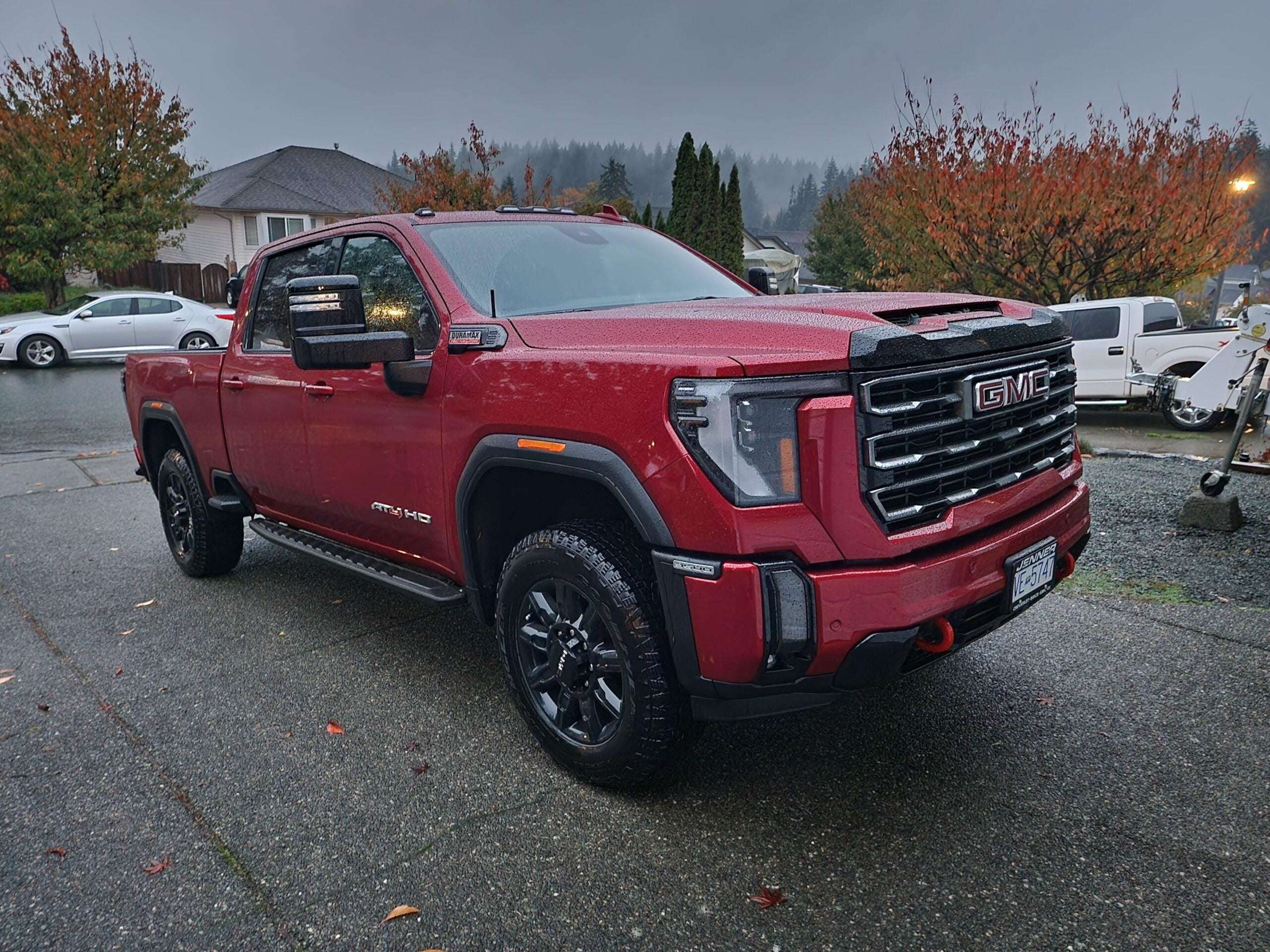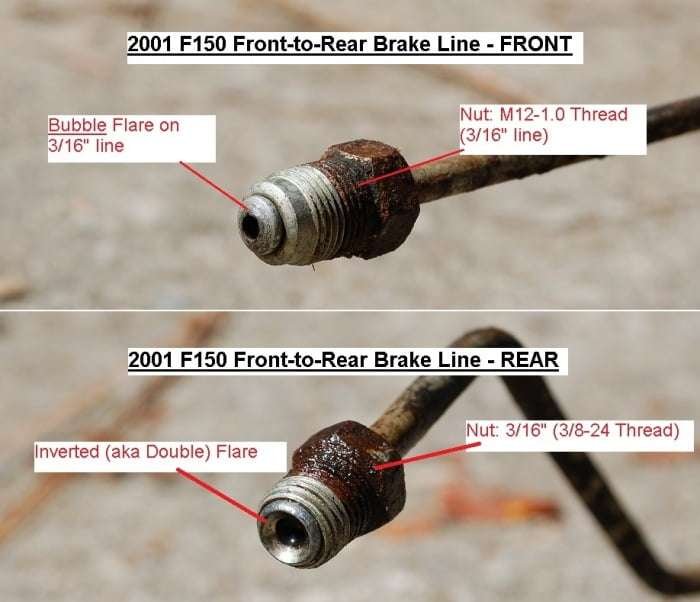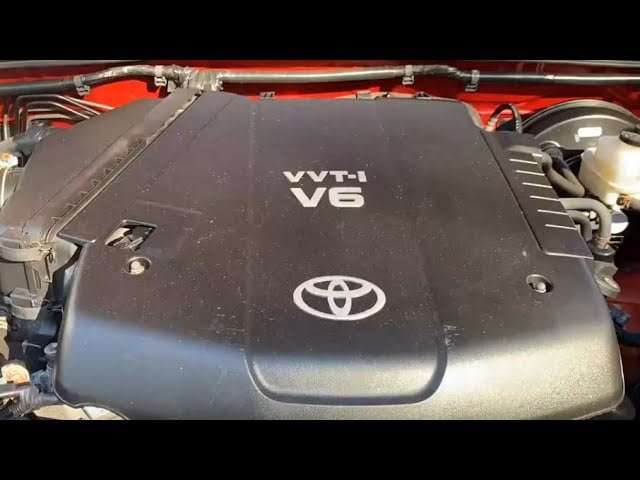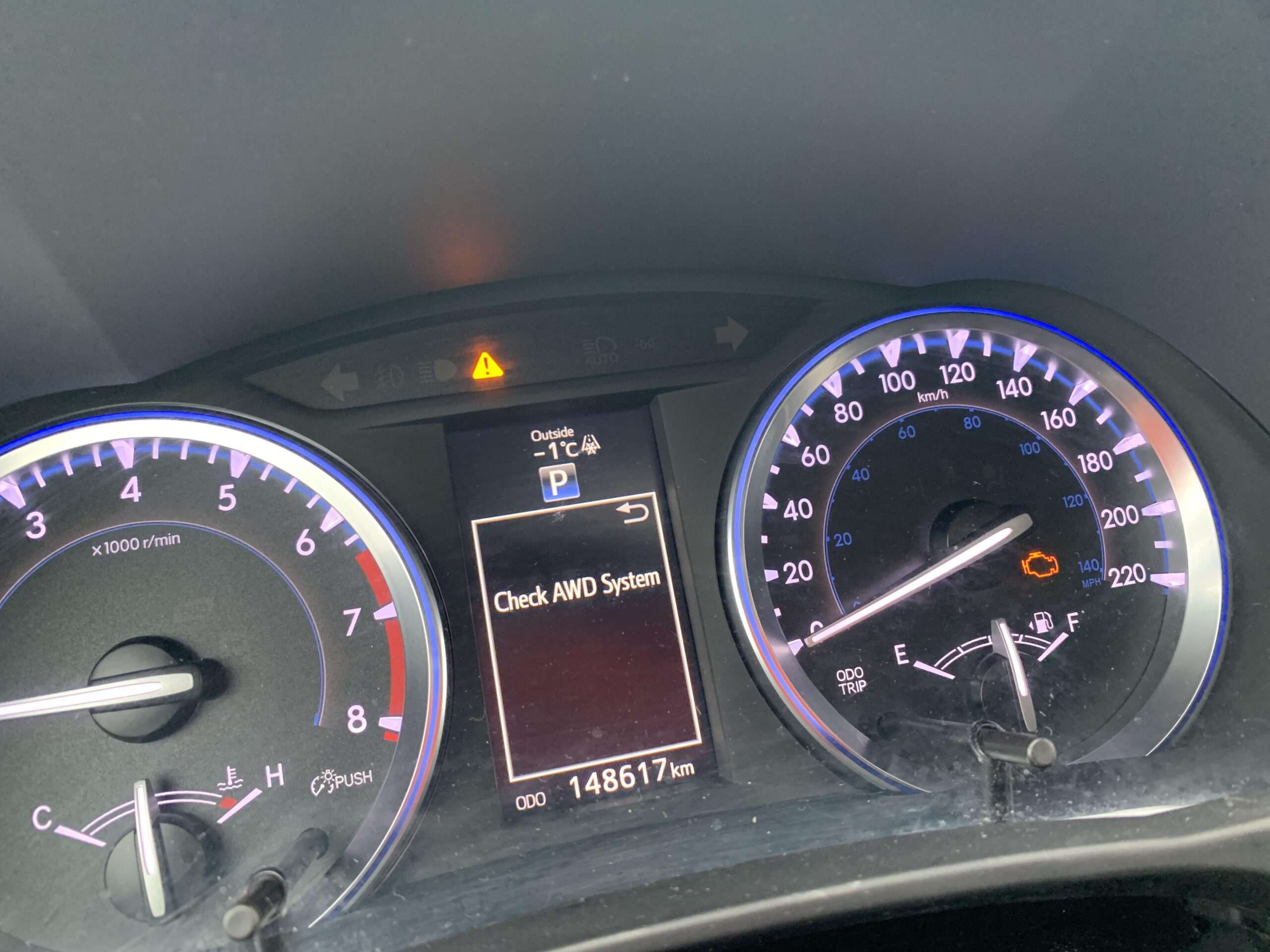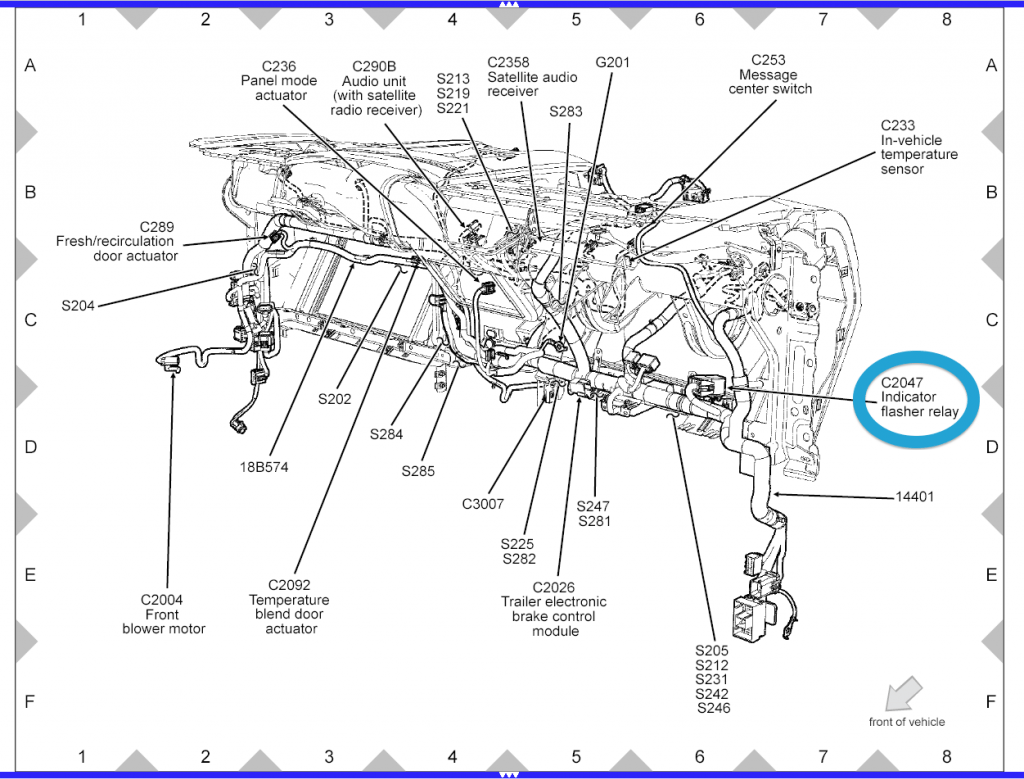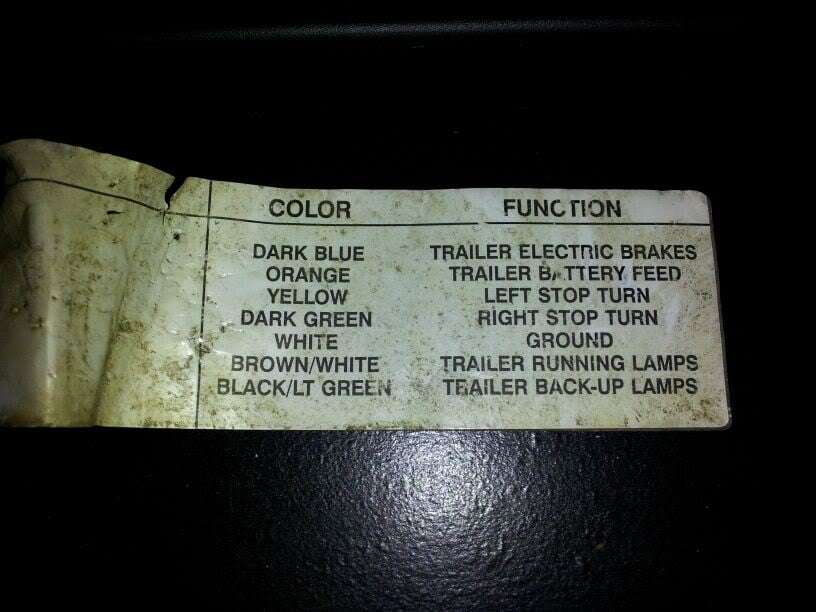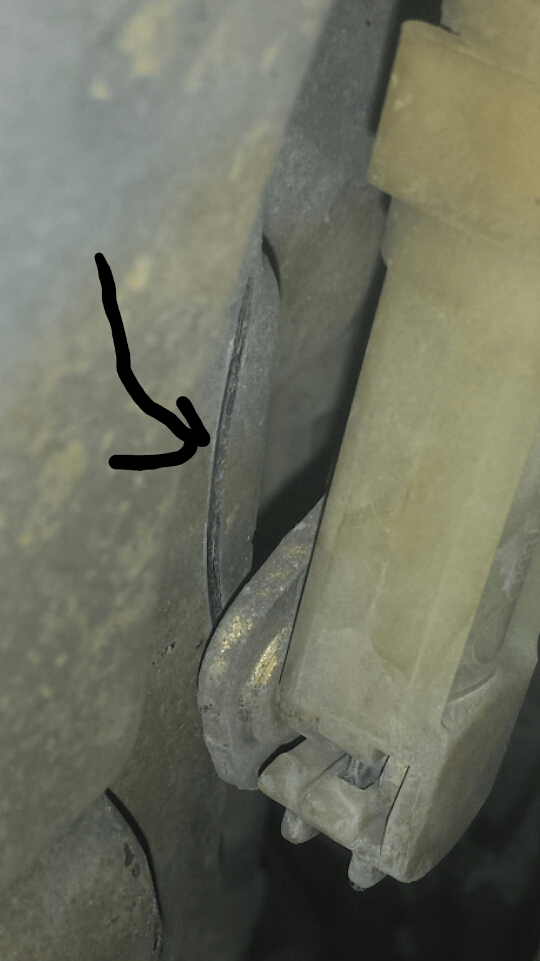If you’ve ever found yourself wondering, “What transmission do I have?” you’re not alone. Many car owners have pondered this question at some point, whether out of curiosity or necessity.
Your vehicle’s transmission is a vital component that plays a crucial role in delivering power from the engine to the wheels.
Understanding the type of transmission your car has can help you make informed decisions about maintenance, repairs, and even upgrades.
In this comprehensive guide, we will explore different types of car transmissions, their functions, and how to identify the transmission in your own vehicle.
Understanding Car Transmissions: The Basics
Before we dive into the specifics, let’s start with the fundamentals. A car transmission, also known as a gearbox, is a mechanical system that transfers power from the engine to the wheels.
It allows the engine to operate within its optimal range of RPM (revolutions per minute) while providing the necessary torque for various driving conditions.
In simpler terms, the transmission ensures that power is efficiently delivered to the wheels, allowing your vehicle to move forward or backward at different speeds.
Types of Car Transmissions
There are several types of car transmissions commonly found in vehicles today. Let’s explore each one briefly:
1. Manual Transmission
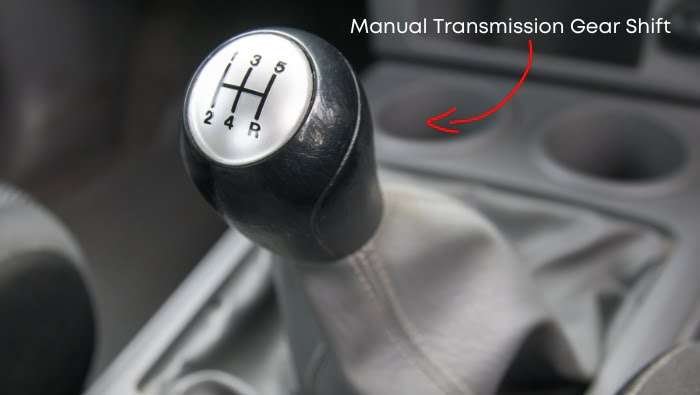
Also known as a “stick shift” or “standard transmission,” the manual transmission requires the driver to manually engage and disengage gears using a clutch pedal and gear lever.
With a manual transmission, the driver has complete control over gear selection, which can provide a more engaging and connected driving experience.
However, it requires more skill and attention to operate smoothly.
2. Automatic Transmission
An automatic transmission, as the name suggests, automatically changes gears without the need for driver intervention.
It utilizes a hydraulic system and a torque converter to smoothly shift gears based on factors such as engine speed, vehicle speed, and throttle input.
Automatic transmissions are known for their convenience and ease of use, making them popular among drivers of all experience levels.
3. Continuously Variable Transmission (CVT)
The continuously variable transmission (CVT) is a type of automatic transmission that doesn’t use traditional gears.
Instead, it utilizes a system of belts and pulleys to provide an infinite number of gear ratios.
This design allows the engine to operate at its most efficient RPM range, resulting in improved fuel economy. CVTs are often found in smaller vehicles and hybrids.
4. Dual-Clutch Transmission (DCT)
The dual-clutch transmission (DCT) is a type of automated manual transmission that combines the best of both manual and automatic transmissions.
It uses two separate clutches to engage and disengage gears, providing quick and seamless shifts.
DCTs are known for their lightning-fast gear changes, making them popular in high-performance and sports cars.
Identifying Your Car’s Transmission
Now that we have a basic understanding of the different types of transmissions, let’s explore how you can identify the transmission in your own vehicle. Here are a few methods you can use:
1. Consult Your Owner’s Manual
The first and easiest method is to refer to your car’s owner’s manual. The manual typically contains detailed information about your vehicle’s specifications, including the type of transmission it has.
Look for sections related to the drivetrain, gearbox, or transmission to find the relevant information.
2. Check the Transmission Label or Plate
In some cases, car manufacturers may affix a label or plate on the transmission itself, providing information about its type and other specifications.
The location of the label or plate can vary depending on the vehicle, so consult your owner’s manual or do a quick online search to find its whereabouts.
3. Contact the Manufacturer or Dealership
If you’re still unsure about the type of transmission in your vehicle, you can reach out to the manufacturer or your local dealership for assistance.
They should be able to provide you with accurate information based on your vehicle’s VIN (Vehicle Identification Number) or other relevant details.
4. Seek Professional Help
If all else fails, you can visit a trusted mechanic or transmission specialist.
These professionals have the expertise and knowledge to identify the type of transmission in your car. They can visually inspect the transmission or use diagnostic tools to determine its specific characteristics.
Remember, it’s essential to accurately identify your car’s transmission to ensure compatibility when it comes to maintenance, repairs, or modifications.
Using the wrong type of fluid or parts can lead to performance issues and potentially damage the transmission.
Common Facts about Car Transmissions
To further enhance your understanding of car transmissions, here are some common facts and brief explanations:
1. Gear Ratios:
Car transmissions have multiple gear ratios that determine the speed and power delivered to the wheels.
Lower gear ratios provide more torque for acceleration and climbing steep inclines, while higher gear ratios offer better fuel efficiency and higher top speeds.
2. Transmission Fluid:
Transmissions require a specific type of fluid to lubricate moving parts, reduce friction, and dissipate heat.
It’s crucial to use the recommended transmission fluid specified by the manufacturer for optimal performance and longevity.
3. Transmission Maintenance:
Regular maintenance, such as fluid changes and inspections, is vital for the health and longevity of your car’s transmission.
Follow the manufacturer’s recommendations regarding maintenance intervals to ensure optimal performance and prevent potential issues.
4. Transmission Repairs:
Transmissions can experience problems over time, such as slipping gears, rough shifts, or fluid leaks.
It’s important to address these issues promptly to prevent further damage. Seek professional assistance if you notice any abnormalities with your transmission.
5. Upgrades and Modifications:
Some car enthusiasts choose to upgrade or modify their car’s transmission for improved performance.
This can include installing a higher-performance transmission, adding a shift kit for quicker shifts, or upgrading to a different type of transmission to suit specific driving preferences.
Understanding the basics of your car’s transmission and being able to identify its type empowers you as a vehicle owner.
It allows you to make informed decisions regarding maintenance, repairs, and upgrades, ultimately ensuring a smoother and more enjoyable driving experience.
Final thoughts
Whether you drive a manual, automatic, CVT, or DCT-equipped vehicle, knowing the answer to “What transmission do I have?” is valuable information.
By familiarizing yourself with the different types of transmissions and using the methods mentioned above to identify your car’s transmission, you can navigate the world of automotive maintenance and repairs with confidence.
So take a moment to uncover the secrets of your car’s transmission and embark on a journey of automotive knowledge!




